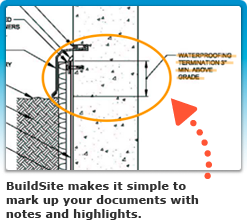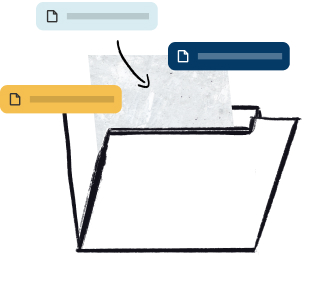Abstract
This specification covers the properties of a cured single- or multicomponent cold-applied elastomeric joint sealant for sealing, caulking, or glazing operations on buildings, plazas, and decks for vehicular or pedestrian use, and types of construction other than highway and airfield pavements and bridges. A sealant qualifying under this specification shall be classified as to type, grade, class and use as follows: type S - a single-component sealant, type M - a multicomponent sealant, grade P - a pourable or selfleveling sealant, grade NS - a nonsag or gunnable sealant, class 100/50, class 50, class 35, class 25, class 12.5, use T, use NT, use I, use M, use G, use A, and use O. A single-component sealant shall be a uniform mixture of a consistency suitable for immediate application by hand or pressure caulking gun or by hand tool. A multicomponent chemically curing sealant shall be furnished in two or more components. A single-component and multicomponent sealant, when stored in the original unopened container at temperatures of not more than 27°C (80°F) shall be capable of meeting the requirements for at least 6 months after date of delivery. Grade P (pourable or selfleveling) sealant shall have the required flow characteristics, it shall exhibit a smooth, level surface. Grade NS or gunnable sealant shall have the required flow characteristics such that when tested in vertical displacement. Type S, grade P, and grade NS sealant shall not be less than the given extrusion rate when tested. Type M and grade P sealant, when tested shall be not less than the given extrudable rate 3 h after mixing. Use T (traffic) sealant shall have a hardness reading, after being properly cured, of not less than 25 or more than 50 when tested. Use NT (nontraffic) sealant shall have a hardness reading, after being properly cured, of not less than 15 or more than 50 when tested. The sealant shall not lose more than 7 % of its original weight or show any cracking or chalking when tested. There shall be no transfer of the sealant to the polyethylene film when tested at 72 h. The sealant shall not cause any visible stain on the top surface of a white cement mortar base when tested. The adhesion and cohesion after cyclic movement shall be tested to meet the requirements prescribed. The adhesion-in-peel test shall be performed to meet the requirements precribed. The adhesion-in-peel after ultraviolet exposure through glass shall be determined to meet the requirements prescribed. The accelerated weathering effects, and sealants exposed to continuous immersion shall be determined to meet the requirements prescribed.
This abstract is a brief summary of the referenced standard. It is informational only and not an official part of the standard; the full text of the standard itself must be referred to for its use and application. ASTM does not give any warranty express or implied or make any representation that the contents of this abstract are accurate, complete or up to date.
Significance and Use
7.1 This specification covers several classifications of sealants as described in Section 4 for various applications. It should be recognized by the purchaser or design professional that not all sealants meeting this specification are suitable for all applications and all substrates. It is essential, therefore, that the applicable type, grade, class, and use be specified so that the proper classification of sealant is provided for the intended use. Test methods relate to special standard specimen substrates of mortar, glass, and aluminum. If tests are required using substrates in addition to or other than the standard, they should be so specified for testing.
1. Scope
1.1 This ASTM specification covers the properties of a cured single- or multicomponent cold-applied elastomeric joint sealant for sealing, caulking, or glazing operations on buildings, plazas, and decks for vehicular or pedestrian use, and types of construction other than highway and airfield pavements and bridges.
1.2 A sealant meeting the requirements of this specification shall be designated by the manufacturer to be one or more of the types, classes, grades, and uses defined in Section 7.
1.3 The values stated in SI units are to be regarded as the standard. The values given in parentheses are for information only.
1.4 This standard is similar, but not identical, to ISO 11600.
Reproduced, with permission, from the ASTM International website, copyright ASTM International, 100 Barr Harbor Drive, West Conshohocken, PA 19428. To purchase the complete standard, go to http://www.astm.org/.




